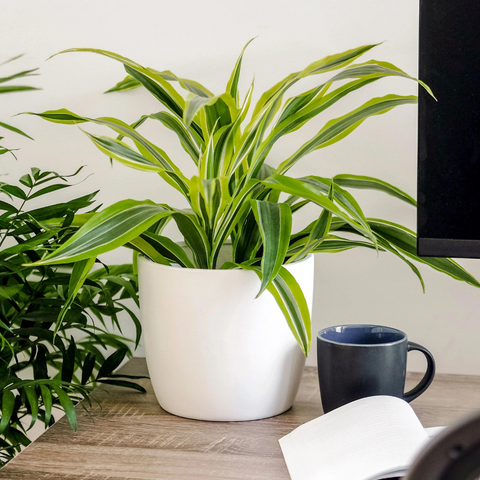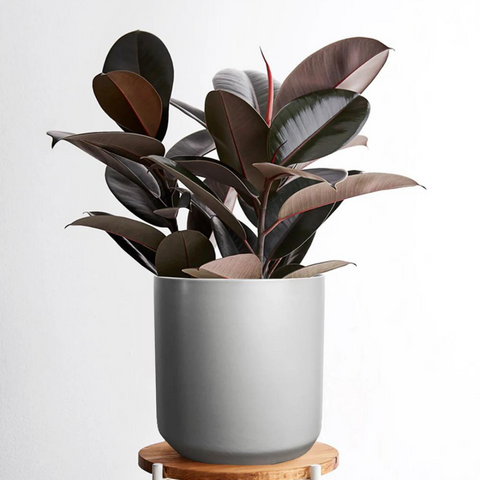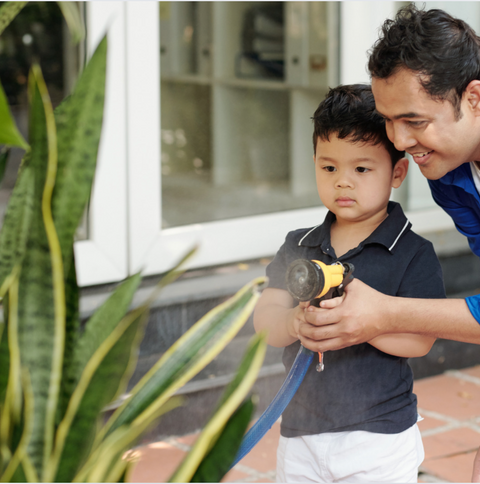Just like us, houseplants benefit from spending time outside. The best time to move your houseplants outdoors is during the summer growing season when conditions are ideal. However, there are a few key considerations to keep in mind. Here are our top tips for transferring houseplants from indoors to outside.
Tip 1: Wait for Warmer Temperatures
Most common houseplants thrive in warm tropical or arid environments. To prevent potential cold damage, wait until the outdoor temperature consistently stays above 60-65 degrees Fahrenheit (15-18 degrees Celsius) before moving any plants. While some plants may tolerate temperatures as low as 50°F, waiting for warmer conditions is safer. If days are warm but nights are cool, acclimate your plants by bringing them outside for a few hours each day leading up to the complete transition.
Tip 2: Consider Windy Conditions
Wind can significantly challenge outdoor plants, especially on rooftops and balconies. Strong winds can knock plants over, dry them out, or chill them during cooler nights. Before moving your plants, observe how windy your outdoor space gets. If it's windy, consider only moving larger, sturdier plants outside and keeping smaller, delicate plants indoors.
Tip 3: Avoid Harsh Direct Sunlight
The intense sun and heat of summer can be challenging for houseplants. In urban environments, bricks and concrete can radiate heat, causing plants to overheat and dry out quickly. To prevent this, place your plants in full shade when you first move them outdoors. Indoor light is much weaker than outdoor light, so even sun-loving plants need time to adjust. After about two weeks in the shade, gradually introduce them to more sunlight. Check your plants daily during this transition period.
Tip 4: Use Planters with Drainage Holes or Provide Cover
If your plant's pot has no drainage hole, only place it outside if it's fully covered by rain. Rainwater can accumulate in non-draining planters, leading to overwatering and root rot. For plants in pots with drainage, monitor the potting mix daily and water thoroughly when dry. Rain can often suffice for watering, so skip watering on rainy days.
Tip 5: Check Weekly for Pests
Your plants may attract insects while outside. Regularly inspect your plants for pests and treat them with insecticidal soap if necessary. Before bringing plants back indoors in the fall, thoroughly trim and inspect them to avoid bringing pests inside.
Tip 6: Expect Some Leaf Loss in the Fall
When you bring your plants back indoors in the fall, they will receive less light and may drop some leaves. This is normal and shouldn't deter you from moving them outside for the summer. Even indoor plants can lose leaves when the days shorten.
Benefits of Moving Plants Outdoors
You might wonder if moving your plants outside is worth the effort. Besides beautifying your outdoor space, there are several benefits:
- Increased Growth: Outdoor light is much brighter than indoor light, providing more "food" for plants and promoting faster growth.
- Fuller Plants: Outdoor conditions can activate dormant buds, making your plants bushier.
- Vibrant Colors and Flowers: Outdoor exposure enhances plant pigments, producing more vivid colors and larger leaves. Some plants, like cacti, may even flower.
- Free Up Indoor Space: Moving plants outside frees up space indoors, allowing you to expand your plant collection.
By following these tips, you can ensure a smooth transition for your houseplants from indoors to outdoors, allowing them to thrive during summer.





Comments (0)
There are no comments for this article. Be the first one to leave a message!